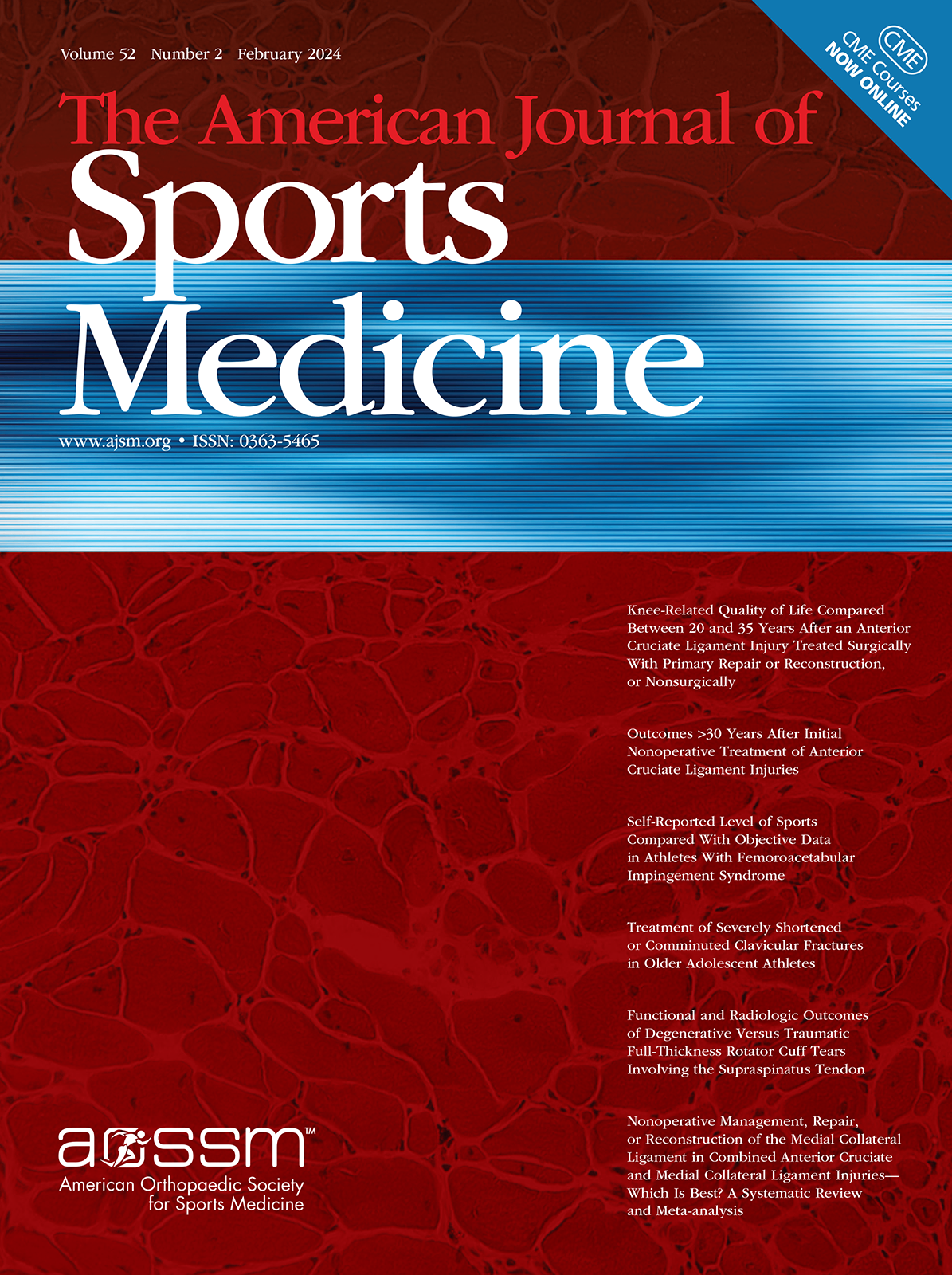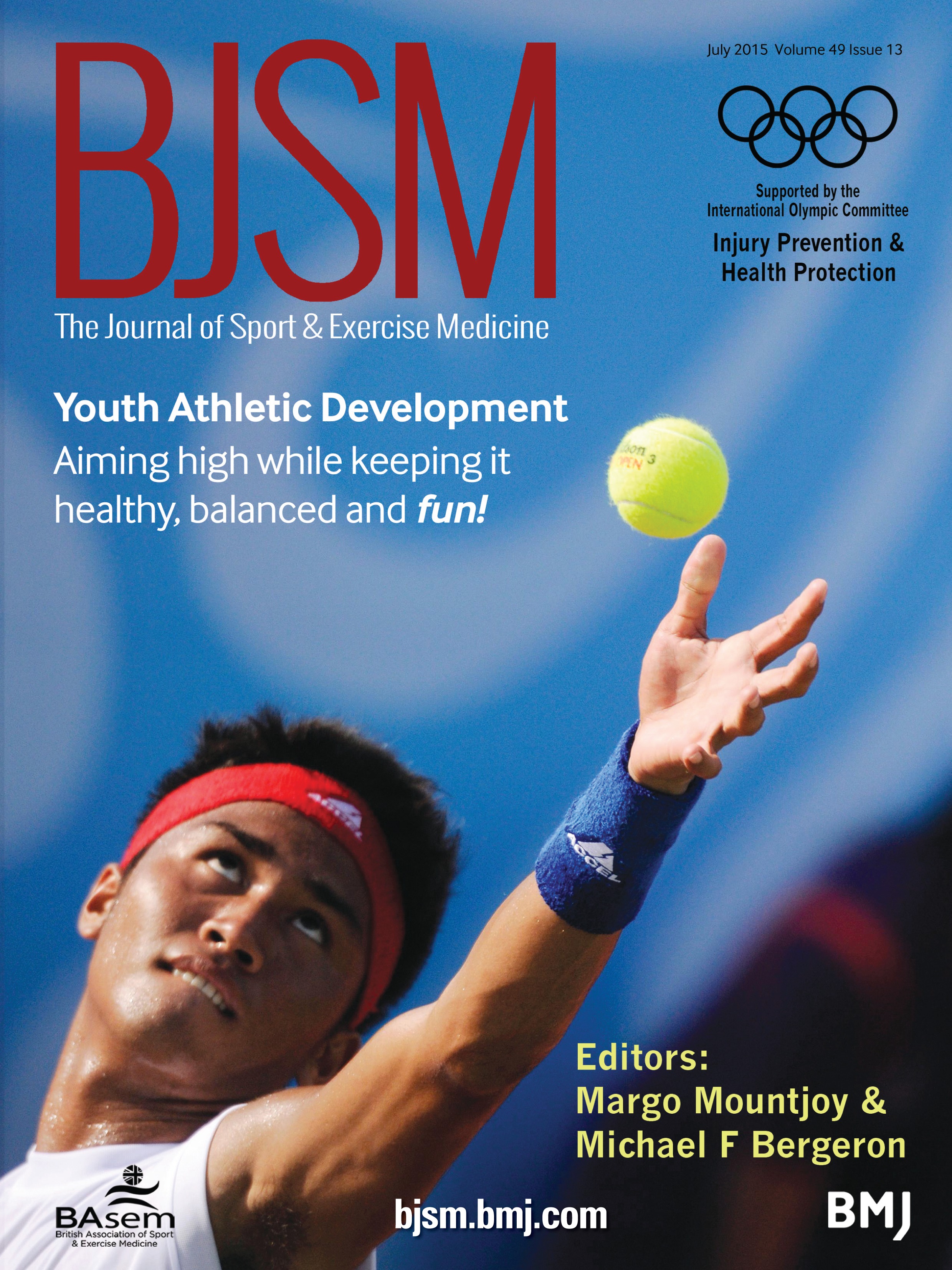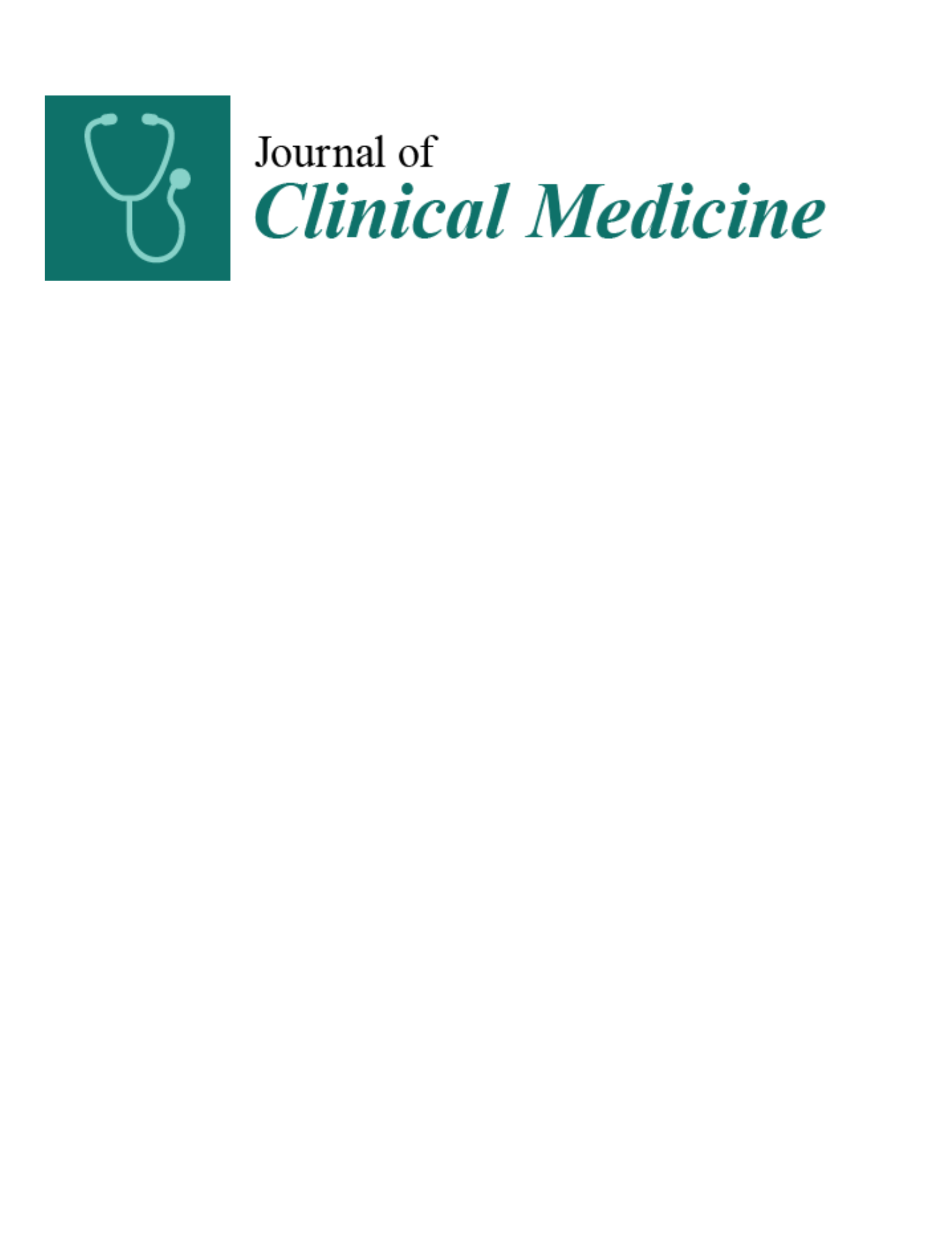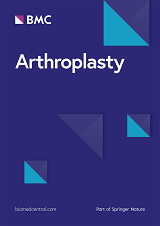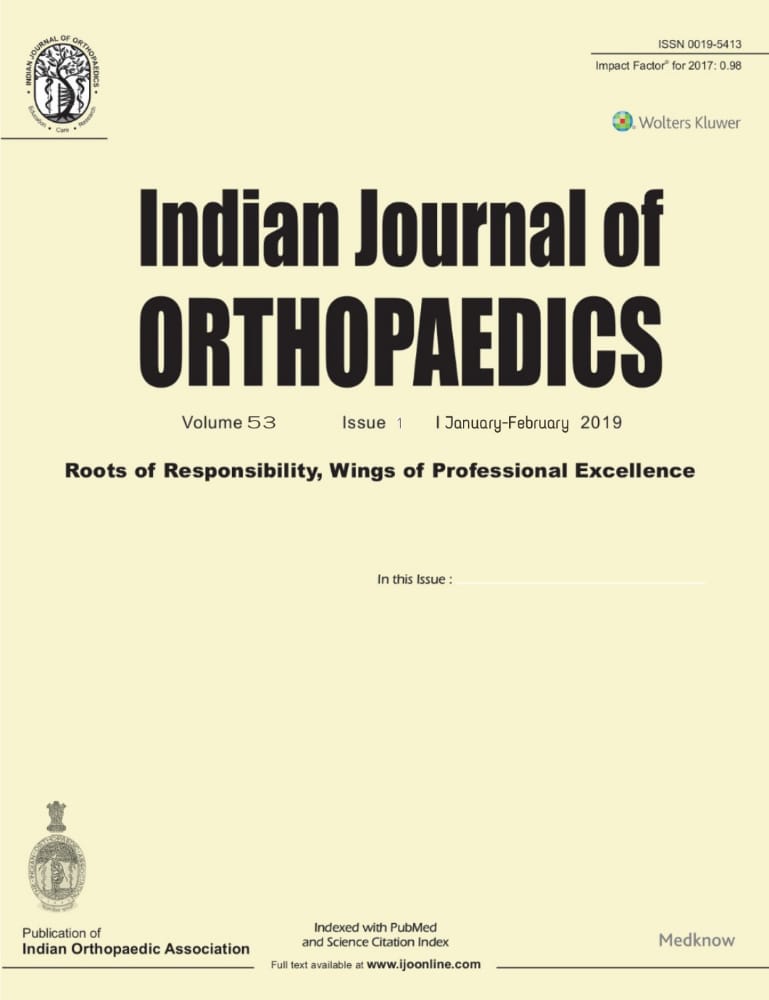PeerView
You are viewing the most viewed ACE Reports by Primary Care Physicians over the last 30 days in all specialties.
Displaying
100%
①
Synopsis:
Ninety-eight patients with for anterior cruciate ligament (ACL) rupture were randomized to receive a quadrupled semitendinosus (ST-only) graft (n=49) or a doubled semitendinosus–gracilis (ST/G) graft (n=49); one ST-only patient was converted intra-op and excluded.The primary outcome was IKDC-Subjective score.Secondary outcomes included KOOS subscales, Tegner Activity Score (TAS), KT-1000 side-to-side laxity, Lachman and pivot-shift grades, sports/activity participation, and need for secondary surgery (including revision).Outcomes were assessed pre-op, 2 years, and again at a median of 8 years (range 5–10).Overall, the results of the study revealed no between-group differences at long-term follow-up for IKDC (ST 81.7 vs ST/G 82.1; p=0.93), instrumented or clinical stability, KOOS subscales, or revision rates; however, cyclops removal was more frequent with ST/G (p=0.014).Both groups showed large, durable improvements from baseline. These findings suggest...
Read More »
Level 1 RCT
①
Synopsis:
Two hundred thirty-one patients with chronic lateral epicondylosis were randomized to physiotherapy (n=58), extracorporeal shockwave therapy (ESWT) (n=62), prolotherapy (n=56), or platelet-rich plasma (PRP)(n=55).The primary outcome was the Disabilities of the Arm, Shoulder and Hand (DASH); the secondary outcome was a 6-point Subjective Satisfaction Score (SSS).Outcomes were assessed at baseline, 3, 6, 18, and 24 months, with 24 months pre-specified as primary.Overall, the results of the study revealed that PRP achieved the largest DASH improvement at 24 months (−31.18) and the highest SSS (4.60±0.90), with prolotherapy also outperforming physiotherapy and ESWT on both outcomes; all groups exceeded the DASH MCID. These findings suggest...
Read More »
Level 1 RCT
①
Synopsis:
One hundred twenty patients with symptomatic tibiofemoral knee osteoarthritis (Kellgren–Lawrence grade 2–3) were randomised to receive a single intra-articular injection of autologous micro-fragmented adipose tissue (n=60) or placebo isotonic saline (n=60) following abdominal liposuction.The primary outcome of interest was KOOS4 at 6 months.Secondary outcomes included KOOS subscales (Pain, Symptoms, ADL, Sports/Recreation, QoL), Tegner activity score, proportion achieving the KOOS4 MCID, treatment failure, return to work and sport, adverse events, and treatment-related discomfort, assessed at 3, 6, 12, and 24 months.Overall, the results of the study revealed no statistically significant or clinically important between-group differences in KOOS4 at any time point (6-month between-group difference in change 1.7, 95% CI −3.6 to 7.1; p=0.52), nor in Tegner scores or other secondary outcomes, although both groups showed substantial and sustained improvements from baseline over 2 years. These findings suggest...
Read More »
Level 1 RCT
①
Synopsis:
Two hundred fifty-four patients with deep surgical incisions requiring orthopedic surgery were randomized to receive either Stratafix barbed sutures (n=127) or conventional interrupted knotted sutures (n=127).The primary outcome of interest was the deep fascia suture time per unit length.Secondary outcomes included relative cost, the number of suture materials used, and wound-related complications.Outcomes were assessed over a 3-month follow-up period.Overall, the study revealed that the Stratafix technique reduced the suture time per unit length for wounds ≥5 cm, used fewer suture materials, and resulted in fewer wound-related complications compared to the conventional technique. These findings suggest...
Read More »
Level 1 RCT
①
Synopsis:
Seventy-six patients with traumatic anterior shoulder dislocation were randomized to receive Tang’s method (n=40) or the Hippocrates method (n=36).The primary outcome of interest was reduction success rate.Secondary outcomes included reduction time, pain (VAS) before/during/after reduction, and ASES scores at one, three, and six months.Outcomes were assessed up to six months.Overall, the results of the study revealed that Tang’s method achieved a 100% success rate vs 80.6% with Hippocrates and markedly shorter reduction time (≈71 s vs ≈412 s).Moreover, pain during and after reduction was lower and functional recovery (ASES) was superior at all follow-ups with Tang’s method. These findings suggest...
Read More »
Level 1 RCT
①
Synopsis:
Thirty-two adolescent female basketball players with chronic ankle instability were cluster-randomized to hop-stabilization training (n=16) or traditional balance training (n=16).The primary outcome was self-reported ankle stability (Cumberland Ankle Instability Tool, CAIT) and sport-specific performance (T-test, lateral hop, figure-8 hop).Secondary outcomes included static balance (center-of-pressure ellipse area and velocity), dynamic balance (Star Excursion Balance Test), and isometric ankle strength (dorsiflexion, plantarflexion, inversion, eversion).Outcomes were assessed at baseline and after 6 weeks (3×/week, 20-min sessions).Overall, the results showed both groups improved CAIT and balance, but hop training produced greater gains in agility/hopping tests and larger increases in dorsiflexion and eversion strength. These findings suggest...
Read More »
Level 1 RCT
①
Synopsis:
One hundred eight patients with tricompartmental knee osteoarthritis (OA) were randomized to gel cold pack (n=36), cryo-cuff (n=36), or mobile cold compression device (MCCD) (n=36) applied immediately post-TKA and refreshed every 6 hours until discharge.The primary outcome was pain intensity at prespecified intervals through 72 hours and again at 2 weeks.Secondary outcomes included morphine consumption (24/48/72 h), knee ROM (flexion, extension lag), knee swelling (girth change), length of stay, and patient satisfaction (SAPS-based).Outcomes were assessed up to 72 hours and at 2 weeks.Overall, the results showed lower pain at 8 hours with MCCD versus gel cold pack and versus cryo-cuff, while cryo-cuff produced less swelling at 72 hours than gel cold pack and MCCD. In conclusion, MCCD...
Read More »
Level 1 RCT
①
Synopsis:
One hundred fifty six adults with chronic plantar fasciitis were randomized to receive ultrasound-guided corticosteroid injection (n=76) or radial extracorporeal shock wave therapy (rESWT; n=80).The corticosteroid group received 2 mL methylprednisolone acetate (40 mg/mL) + 2 mL 2% lidocaine delivered under ultrasound guidance, while the rESWT group received 2000 impulses at 2.5 bars and 15 Hz weekly for three consecutive weeks.The primary outcome of interest was pain, assessed using the Visual Analogue Scale (VAS) at the first step in the morning, at rest, and during ADLs.Secondary outcomes included the FAAM-ADL and FAAM-Sports subscales and ultrasound-measured plantar fascia thickness.Outcomes were measured at baseline, 4 weeks, and 8 weeks.Overall, the results revealed that corticosteroid injection produced greater reductions in pain, better functional improvement, and greater reduction in plantar fascia thickness at both 4 and 8 weeks compared with rESWT. In conclusion, early...
Read More »
Level 1 RCT
- «
- 1
- »




 LOGIN
LOGIN


